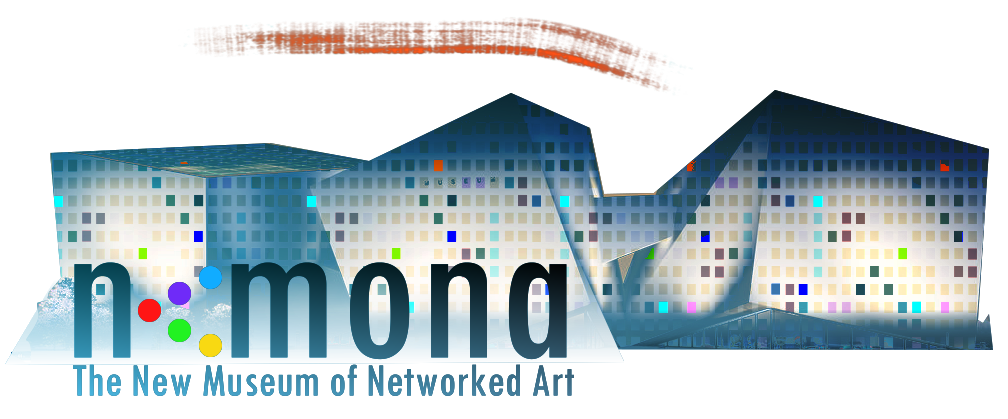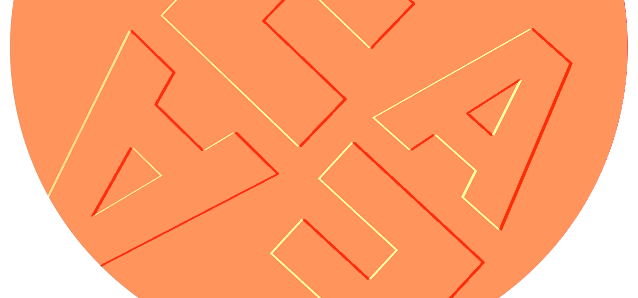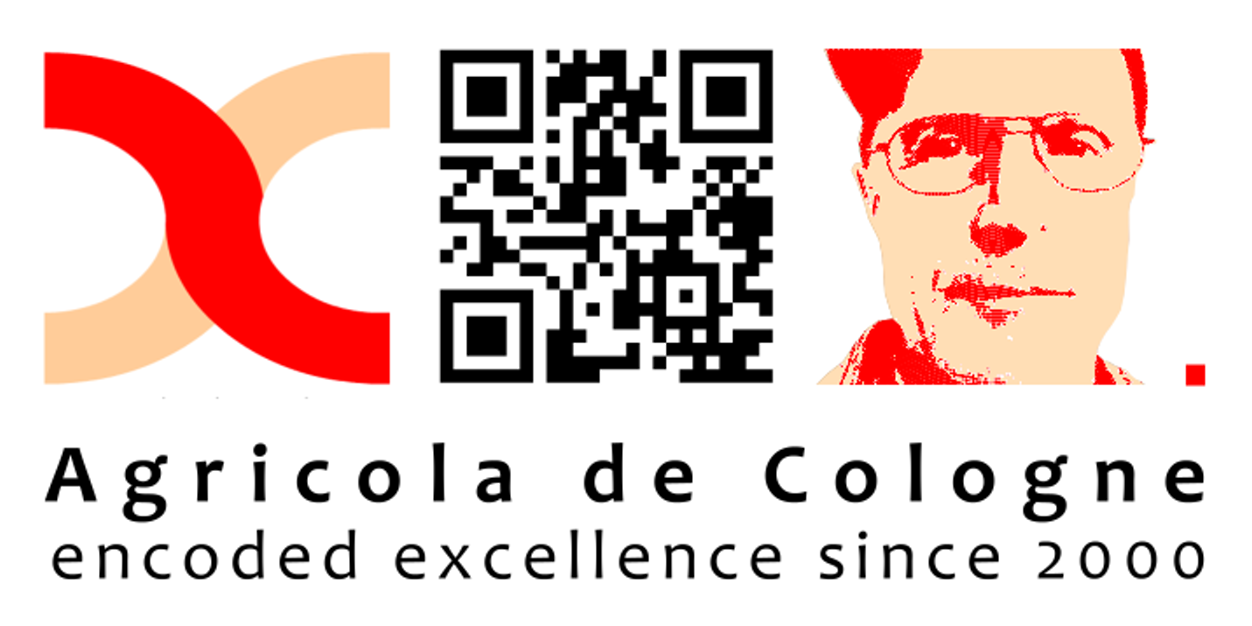
AGRICOLA de Cologne Foundation for the Arts
is the ultimate project of a non-profit, on charitable purposes oriented art foundation (in German – Die AGRICOLA de Cologne Kunst-Stiftung – DAKS), which, aimed far into the future, as a further development of what already exists, has the task of presenting the artistic-curatorial work of the media artist/curator Wilfried Agricola de Cologne ( Founder), based on his visionary ideas in the exchange between virtual and physical space, on the one hand to preserve / preserve for posterity during his lifetime under his leadership and to continue to make it accessible to the public, as well as the continuation / further development even after his death also to enable curatorial projects and the new development of projects in the spirit of the founder.
When today’s founder/artist/curator (Wilfried) AGRICOLA de Cologne set up his own business under the name AGRICOLA in 1980, he consciously chose the Latinization of his original family name BAUER as an artistic concept. Growing up with the values and ideals of humanistic ideas, he saw his artistic work as being committed to a contemporary interpretation of humanism, which places people at the center of their immediate and wider living environment through their responsibility for the whole – society, nature, environment, sustainability, diversity, values of freedom etc.
The name AGRICOLA contains both the ideas of the Greek philosophers (as the basis of the classical humanism of the Renaissance and democracy, see also the humanist named Michael Agricola, philosopher, artist and humanist and contemporary of Martin Luther), historical awareness, as well as the insights the current living conditions of rapid technological and civilizational development – past, present and future – are linked together in this one keyword, and with it a special, creative, critical view on art and its meaning in a future liberal society.
In addition, a primary goal of the foundation is to establish a new (physical, in addition to the already existing virtual) art museum, which has the name – The New Museum of Networked Art – which has been introduced internationally since 2000. Attached to this is the exhibition center, which also already exists (virtually), called the Alphabet Art Centre. The model for the physical art center is the Recoleta art and culture center in Buenos Aires, Argentina.
Until this objective is implemented, in the absence of our own exhibition rooms, the previous concept of a system in exchange with the virtual space of the museum and the physical space of networked partners will be continued.
Due to its international orientation, the foundation is multilingual. So far, English has been the primary language.
The museum is already equipped with its own existing, successful, non-profit art system. The tasks of this museum and the foundation as its basis include housing and maintaining the extensive collections (physical and digital), ensuring their physical survival and public exhibition.
Unlike conventional art museums, the basis of their exhibition/installation is thematically-content-oriented contexts/projects in which more or less numerous networks – artists/whose works, curators/whose curatorial contributions and associated art institutions with their own concepts are involved.
The Museum for Networked Art feels a primary obligation to this global art community, which has developed dynamically since 2000 and now has around 1,500 closely associated participants, and around 3,500 people who are partly less closely associated. This also includes recording the oeuvre of participating artists or curators (in parts or in its entirety) through donations or purchases.
It is a forward-looking, open system based on dynamic values, just as the projects in which the artists are involved are dynamic in nature. The content focus is on diversity – through the networking of different contexts, from art media to new intermedia art forms, thematic diversity, and diversity of artistic and curatorial concepts, especially in the exchange between virtual and physical space, whereby the application and promotion of new technologies in art are particularly important.
The foundation also feels obliged to >
– the promotion of visual and non-visual art forms expressed in interactive-static-moving images/objects/installations, in particular by artists/curators who engage in experimental, interdisciplinary/intermedia activities, through exhibitions and individual support (project realization, etc.)
– also by hosting related activities through international artist exchanges, awarding an art prize, organizing special events such as festivals, art days, symposia in collaboration with national and international network partners; several such event formats have already been introduced internationally for years (Alphabet Art Center)
– the research, scientific, cross-disciplinary discussion with a view to interaction / interdisciplinary, intermedia art creation using the NICA – New Institute for Contemporary Art, which already exists as part of the New Museum for Networked Art (virtual) – this includes an institute for media archaeology , which is intended to house its own new collections, particularly with a view to techniques, technologies and media that have been forgotten, as well as to the application/rapid technological development of software (hardware and computer-controlled systems for artistic purposes, some of which become outdated after just a few years). , have disappeared from the scene in order to be able to make them available to artists for their use as well as to the public,
– (as part of the Alphabet Art Center) the establishment of a retirement home for impoverished artists, primarily those who fall within the spectrum of art forms to be promoted, with attached studios/workshops, as well as a “hotel” for artists (artist residency)
– the further development of existing international networks, exchange and cooperation with cultural institutions from different sectors at national and international level,
– . the connection of art with humanitarian objectives in accordance with the founder’s ideas, e.g. by supporting artists and art-related projects in/for countries affected by poverty, war, natural disasters, etc., in order to promote the (further) development making art and culture possible under difficult material conditions.


